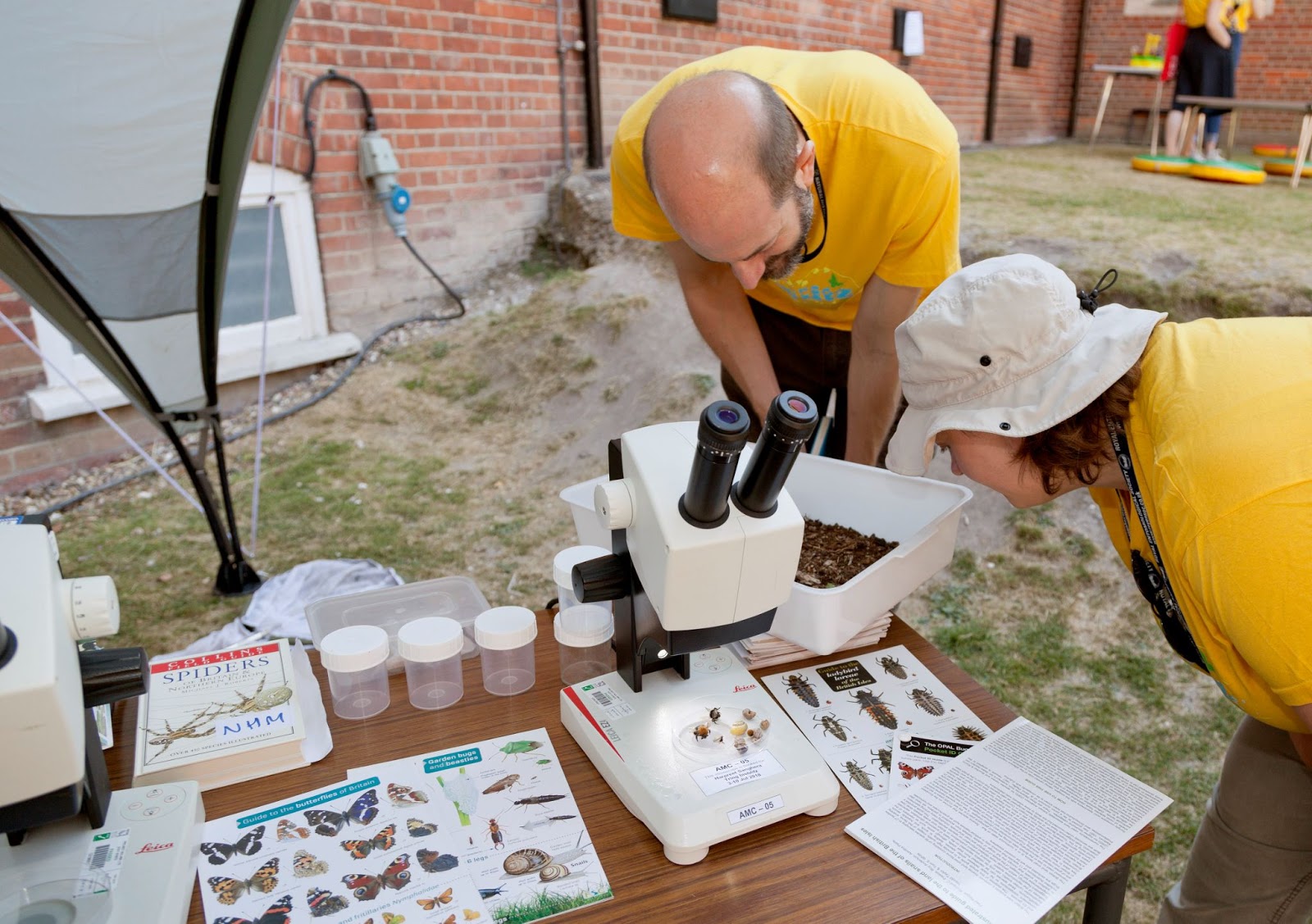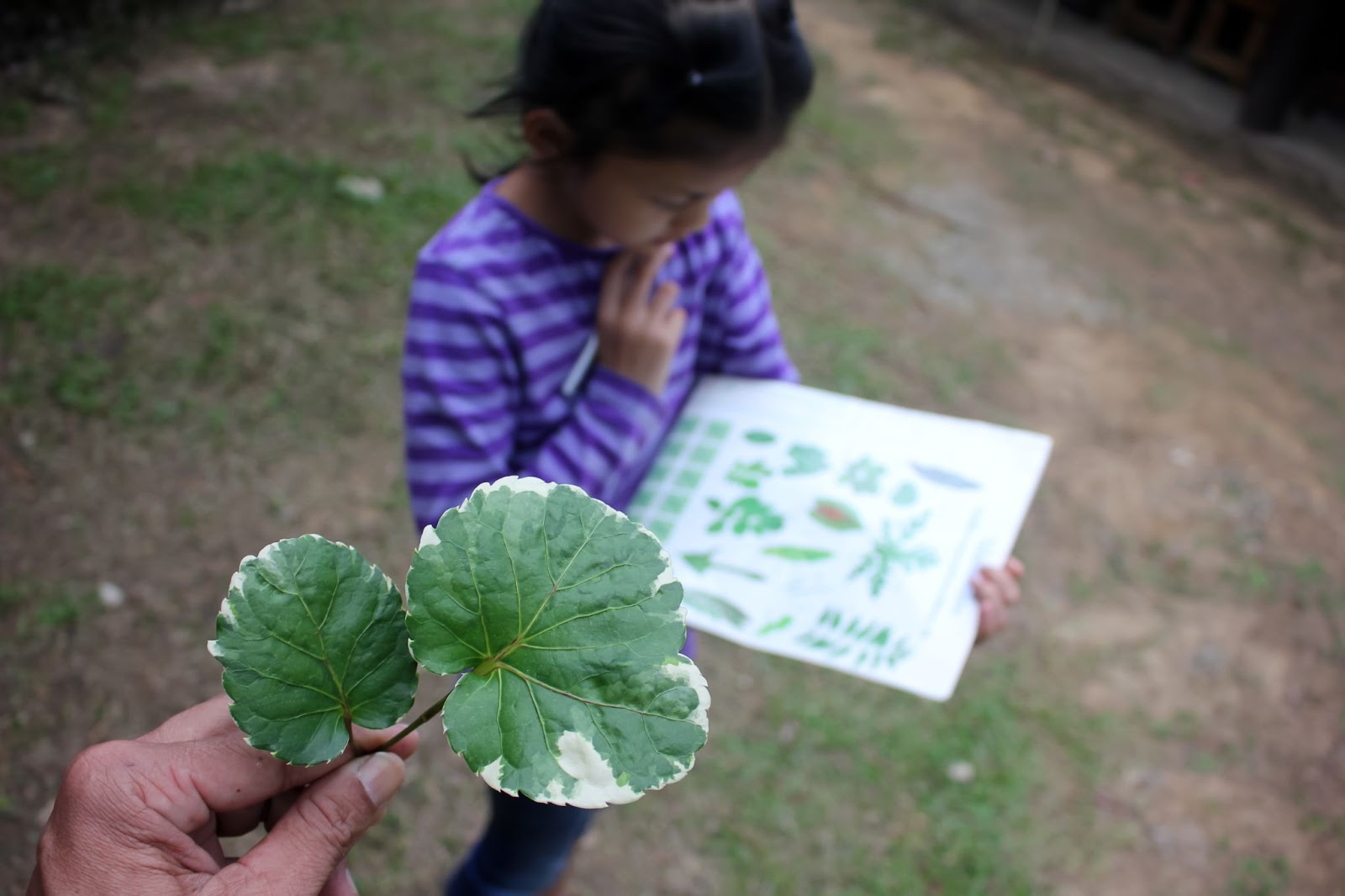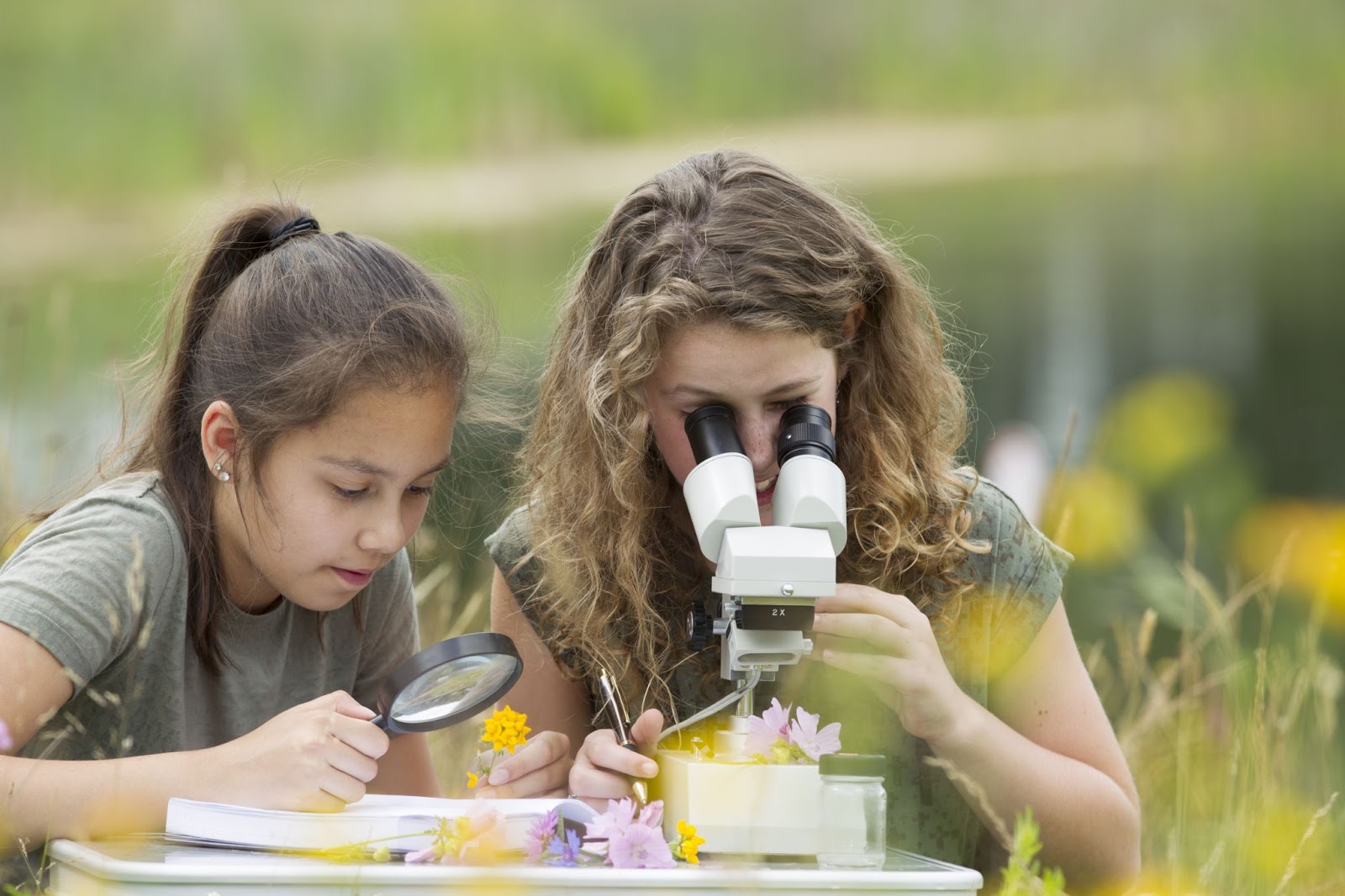STEP 1: Read context, description of who is involved.
STEP 2: Read the scenario, which describes part of a young person’s BioBlitz experience.
STEP 3: Notice what the facilitator did to open up or shut down learning opportunities, and how this affected the young person’s participation. Particularly pay attention to: 1) the framing of the activity participants received with respect to science and citizen science; 2) the tools available to participants and 3) the interaction of the people in the scenario. Then compare your thoughts with our observations!
People involved:
Ben - young person, about 6 years old.
Ben’s father
David - Activity leader/demonstrator.
Description of the event:
A BioBlitz event is taking place in the Wildlife Garden at the Natural History Museum (NHM), as part of a larger Family Festival event. This is a drop-in activity, so young people and adults come and go as they please. David, the demonstrator from the NHM, spends time speaking to individuals or families at different times. No group introduction is given at the start of the session. Young people can use small nets and trays to catch and collect pond organisms from a tank of water prepared by David beforehand. Ben arrives a few minutes after the activity has already started.
Image credit: Natural History Museum London. All Rights Reserved.
David: “Does anyone else want to have a go at catching some creatures?” Ben raises his arm. David hands him a small net. Ben dips the net in the aquarium tank and starts moving it around. Then he empties the net's contents into the tray (filled with pond water).
David asks “Are you happy with your catch?”. Ben nods, looking at the wildlife in his tray.
David adds, “Good catch. Many creatures!”
David asks “Do you want to take an [identification] ID guide?”. Ben looks at the freshwater animals ID guide on the table, which is placed underneath the tray of pond water. About half of it is covered up by the tray. So far Ben’s father has been observing passively, but he moves the tray from the guide, so that Ben can see it. A minute or two later, David turns to Ben to ask him “How are you doing? Is this your tray? Have you found any of the species?”. Ben looks back and forth at the ID guide and at the content of his tray, then replies “Caddisfly larva”. David tells Ben “Well done. Excellent.”
David talks to Ben’s father about plants in the pond. Ben does not seem to listen to their conversation, as he is focused on this tray and sifting through the wildlife in his tray with his hands. Then suddenly Ben looks up to his father and David, shouting out “I found a leech!”
His father says “Ah – good one. This is really big!” David replies with a smile, “This is indeed a leech.”
Ben and his father stand looking at a water louse in the tray, comparing it to pictures on the ID guide. They point at some pictures of other species on the ID guide. Ben looks back and forth at the pictures and the animal, reconsidering which one he thinks it could be. Finally, Ben says: “No, I think it’s this one.” Then Ben points at a picture of a water louse on the ID guide.
David, who is standing nearby, responds, “Yes. It’s a water louse.”
Limited citizen science framing
During this scenario, we see Ben offered opportunities to engage in some aspects of scientific activities that typify citizen science, such as collecting, observing, and identifying organisms. However, there is no dialogue between Ben and David about recording, monitoring, citizen science or BioBlitzes.
This activity was delivered to participants without an explanation of the broader context and the potential contributions individuals could make to the overarching scientific goal (monitoring changes by gathering biological records for this site). As such, participants are not able to engage in the broader context of recording or monitoring, and the concept of a BioBlitz and the citizen science goals of pond dipping are not mentioned. These are examples of shutting down learning opportunities.
Whilst an ID guide was available, we don’t know from the scenario if there was a basecamp at this BioBlitz. Typically, at a BioBlitz, activities are focused around a basecamp: a stand or table where the public can find out what a BioBlitz is and how they can take part. Here they might collect recording forms, safety information, activity sheets and maps of the survey area, borrow equipment, and sign up for guided activities. Basecamp is where organisers can greet and engage with the public and ask them questions like whether people have attended a BioBlitz before and what brought them to the event. This allows organisers to direct people to appropriate activities and resources, based on their interests and experience. Part of the basecamp is often dedicated to the recording and sharing of participants’ observations, where participants can learn what others are recording, how their observations will be used and the scientific purpose of the activity.

Image credit: Natural History Museum London. All Rights Reserved.
Access to an age-appropriate tool
A basecamp also usually includes an identification zone where naturalists help members of the public identify anything they have found and confirm identifications. Whether there was a basecamp or not, Ben had access to, and was directed towards the availability of an observation tool (ID guide) by David, the museum-affiliated facilitator. The ID guide was partly hidden under the tray and Ben is not seen using it until later. He eventually accesses the ID guide after his father moves the tray.
In this scenario, the ID guide provided to Ben was easy to use for the intended youth age group (under 10s). When David returned his attention to him, Ben was able to compare the pictures on the ID guide with the organisms in his tray and make correct identifications (the caddis fly larva and water louse). Provide tools with simple formats, such as picture-based ID guides, apps or books with simple text to support young people’s understanding of key identifying features of species or broader groups of organisms. Having access to an age-appropriate ID guide opened up opportunities for Ben to develop his environmental science agency.

Image credit: Shutterstock Royalty-free stock photo ID: 560991565 (By NeagoneFo). CC-By SA.
Other resources that may support identification at BioBlitzes include expert naturalists, field guides, microscopes, a camera, a laptop and internet access. For learning, it is good to have a range of different identification resources available, from entry level ID guides for novices like Ben, to identification books for more expert participants. In this way, novices can also find out more about the species they observe once they have identified what they saw.
Image credit: Shutterstock Royalty-free stock photo ID: 212437504 (By Photodiem). CC-By SA.
Adult guidance and encouragement supports citizen science participation
During this interaction, we see Ben engaging in pond-dipping with the guidance and encouragement of his father and David. We see David encouraging Ben to use the guide, and both provide positive encouragement (e.g. David: “Good catch. Many creatures!”, David: “Well done. Excellent.”, Father: “Ah – good one. This is really big!”, David: “This is indeed a leech.”) This seems to motivate Ben to share his suggested identifications.
Providing Ben with a tool like the ID guide positioned him as a person who can do science and the positive reinforcement from David worked as an encouragement to continue identifying the pond organisms. Ben is also confident enough to disagree with an identification he and his father previously made and voice his opinion. (“No, I think it’s this one.” And points at a picture of a water louse on the ID guide. David: “Yes. It’s a water louse.”)
This adult-supported participation opens up the learning opportunity for Ben to take on the role of “identifier” in this scenario.
Also think about:
Opportunities for Authentic Citizen Science Participation
At the start of paragraph 1 of the scenario, we see Ben received almost no framing for the context of the activity - the activity leader, David asks, “Who wants to catch some creatures?” Then we see Ben engage in the scientific practice of catching wildlife safely (albeit from a tank, not directly from the pond), using a small net.
In this scenario, Ben’s experience did not seem to be significantly affected by being unable to use a net to collect organisms from the pond independently. Other kids, however, left the activity setting as they did not perceive it as a ‘real pond dipping’ experience. If there are health and safety concerns around youth participation in a citizen science activity, sensible risk prevention measures should be put in place. However, BioBlitz facilitators like David could model the technique and tools required to carry out the activity safely at the beginning of the activity. This would allow youth to observe a key science practice, before conducting a modified task according to age and ability.